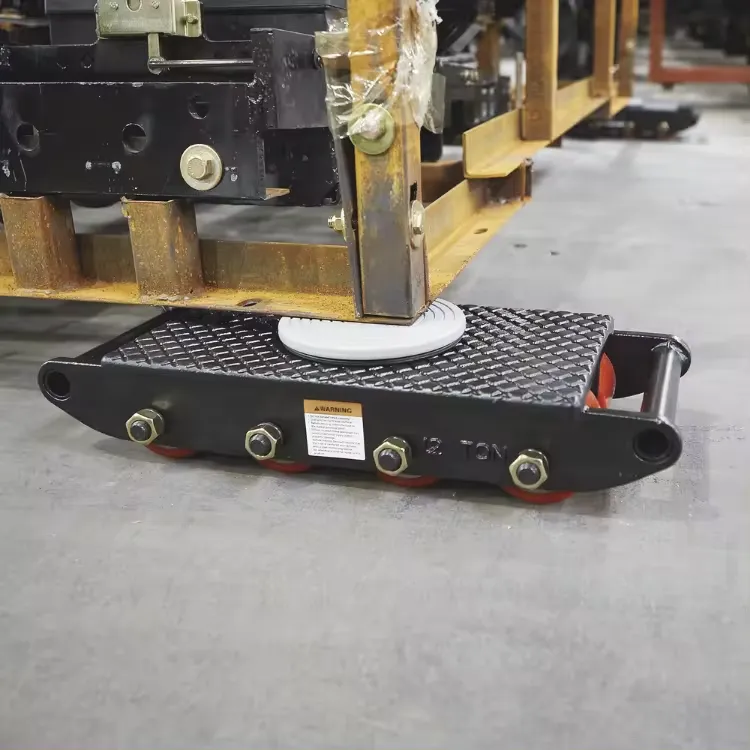Innovative Magnetic Lifter Holder Solutions for Efficient Lifting and Handling Applications
The Advantages and Applications of Magnetic Lifter Holders
In the realm of material handling and industrial applications, magnetic lifter holders have emerged as highly efficient tools that streamline processes and enhance productivity. These innovative devices leverage the principles of magnetism to lift and transport heavy metallic objects safely and effectively. This article explores the advantages, working mechanisms, and various applications of magnetic lifter holders.
Understanding Magnetic Lifters
Magnetic lifters operate on the principle of magnetism, utilizing powerful permanent magnets to create a strong magnetic field. When activated, these magnetic lifters can securely adhere to ferromagnetic materials, enabling the lifting of loads that can weigh several tons. The design of these devices typically includes an on-off switch, allowing operators to easily engage or disengage the magnetic grip. This feature not only enhances operational efficiency but also improves safety by providing precise control over when and how loads are lifted.
Advantages of Magnetic Lifters
1. Efficiency One of the most significant advantages of magnetic lifters is their ability to improve operational efficiency. Traditionally, lifting heavy objects requires complex rigging systems and often involves multiple personnel. Magnetic lifters, however, allow for quick attachment and detachment, minimizing downtime and speeding up the logistics process.
2. Safety Safety is a paramount concern in any industrial operation. Magnetic lifters eliminate many of the risks associated with manual lifting or the use of slings and chains. Since they reduce the number of personnel required for lifting operations, the chances of accidents are significantly decreased. Additionally, magnetic lifters provide a secure hold on the load, reducing the risk of drops or spillage.
3. Versatility These lifters are highly versatile and can be used in a variety of industries, including manufacturing, construction, shipping, and warehousing. They can lift different shapes and sizes of metal components, making them indispensable in industrial environments.
4. Cost-Effectiveness Using magnetic lifters can lead to substantial cost savings over time. By reducing the need for heavy lifting equipment and minimizing labor costs, businesses can achieve a higher return on investment. Furthermore, their durable construction means lower maintenance and replacement costs.
magnetic lifter holder

5. Ease of Use Magnetic lifters are user-friendly and require minimal training for operators. Their simple controls make it easy to lift and position loads accurately, allowing for seamless integration into existing workflows.
Applications of Magnetic Lifters
Magnetic lifters find applications in various fields
- Manufacturing They are widely used in factories for lifting and placing sheets of metal, machinery parts, and heavy tools in assembly lines.
- Construction Magnetic lifters assist in transporting steel beams and other metallic building materials at construction sites, ensuring safety and efficiency.
- Shipping and Warehousing In logistics, these lifters facilitate the handling of heavy cargo at docks and warehouses, improving loading and unloading processes.
- Automotive Industry In automotive manufacturing, magnetic lifters are employed to move heavy components like engines, frames, and body parts.
Conclusion
Magnetic lifter holders are a game-changing technology in the field of material handling. By combining efficiency, safety, versatility, cost-effectiveness, and ease of use, they offer a comprehensive solution to numerous industrial challenges. As industries continue to evolve, the adoption of magnetic lifters will likely increase, further enhancing operational capabilities and productivity. Whether in manufacturing, construction, or shipping, the benefits of magnetic lifters make them an essential tool for any business looking to optimize its material handling processes.
-
Unlock Seamless Relocation with Our Heavy Equipment Moving ExpertiseNewsJun.06,2025
-
Unleash Unrivaled Flexibility with Our Adjustable Gantry CraneNewsJun.06,2025
-
Unleash Heavy-Duty Efficiency with Our Industrial Gantry Crane SolutionsNewsJun.06,2025
-
Revolutionize Steel Handling with Our Magnetic Lifter RangeNewsJun.06,2025
-
Master Equipment Mobility with Premium Machinery Mover SolutionsNewsJun.06,2025
-
Elevate Your Material Handling with Magnetic Lifter TechnologyNewsJun.06,2025
-
YS Permanent Lifting Magnets: The Smarter Way to Handle SteelNewsMay.22,2025
